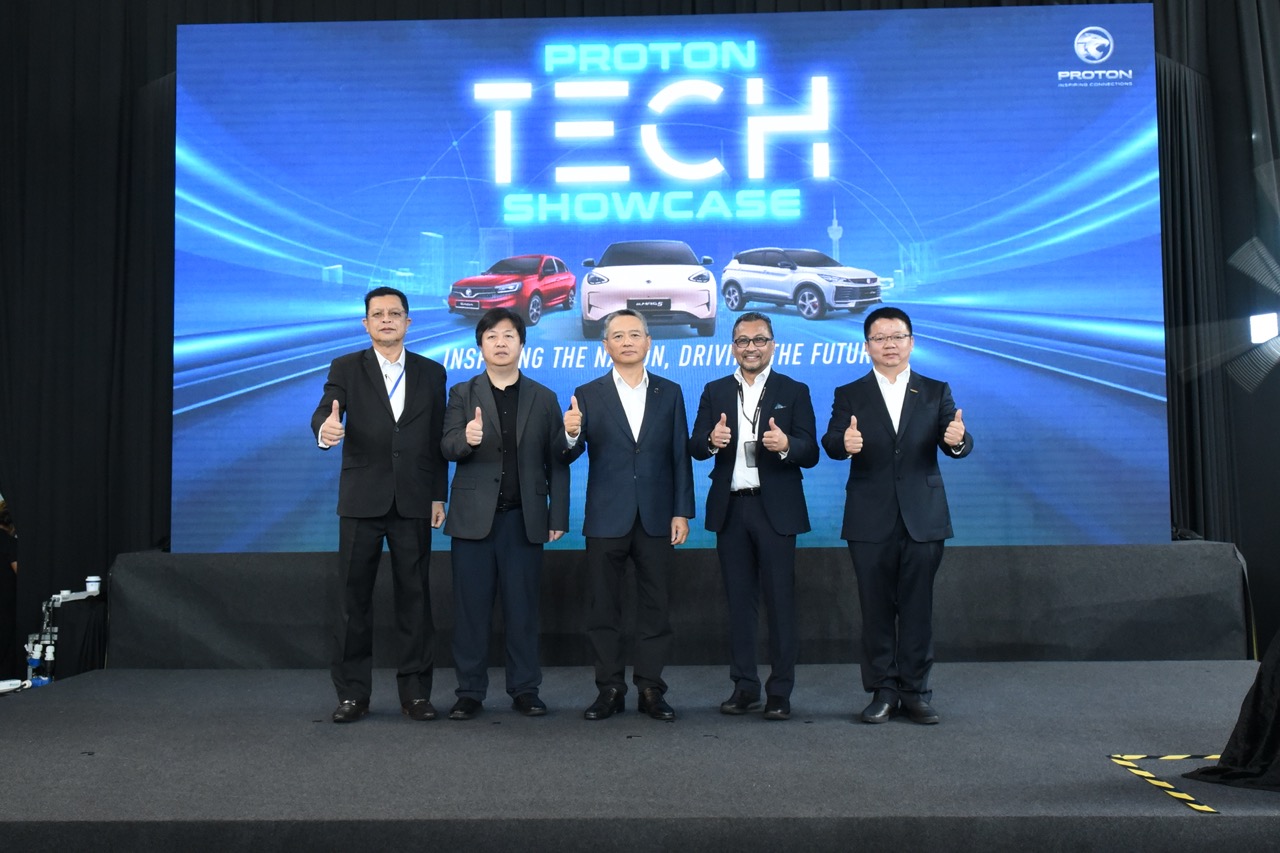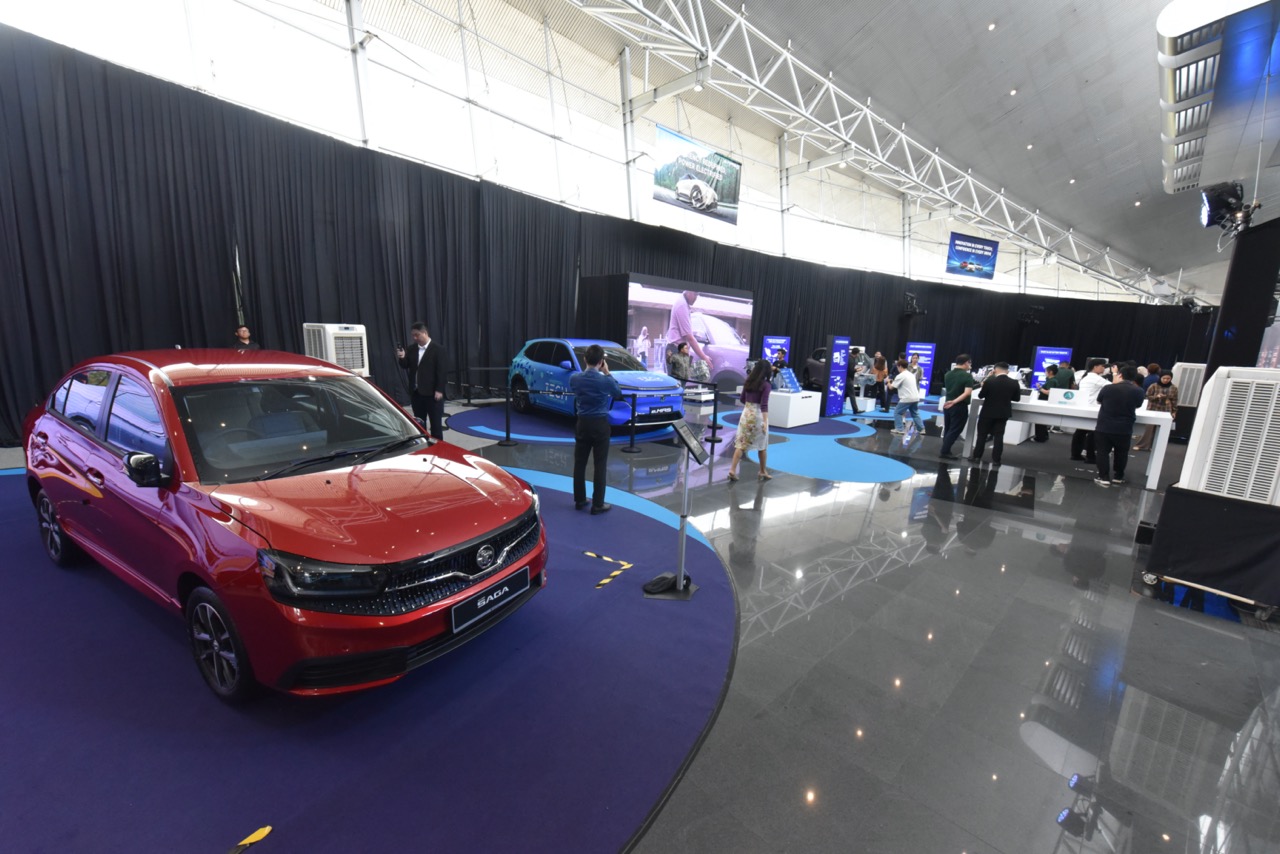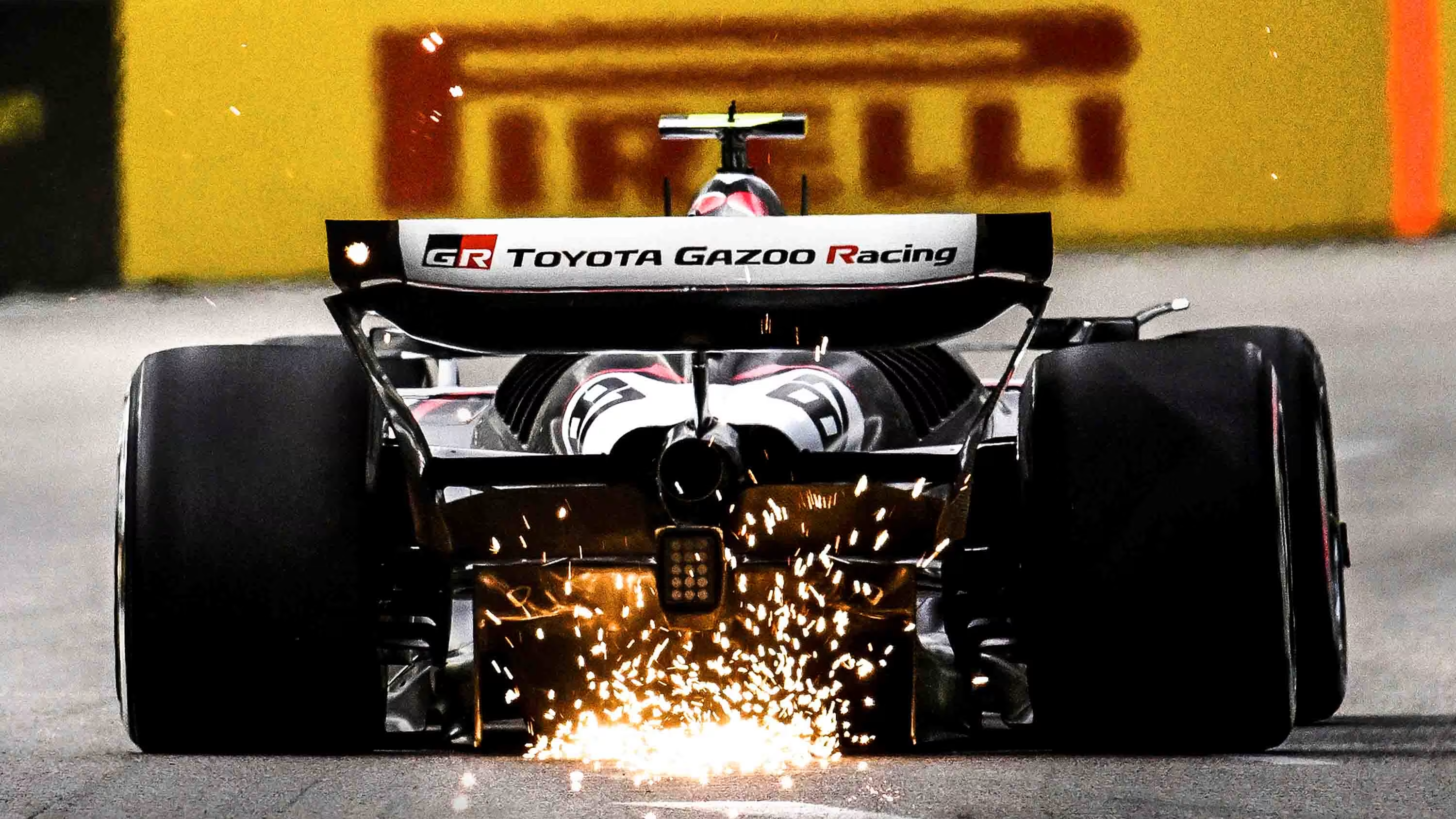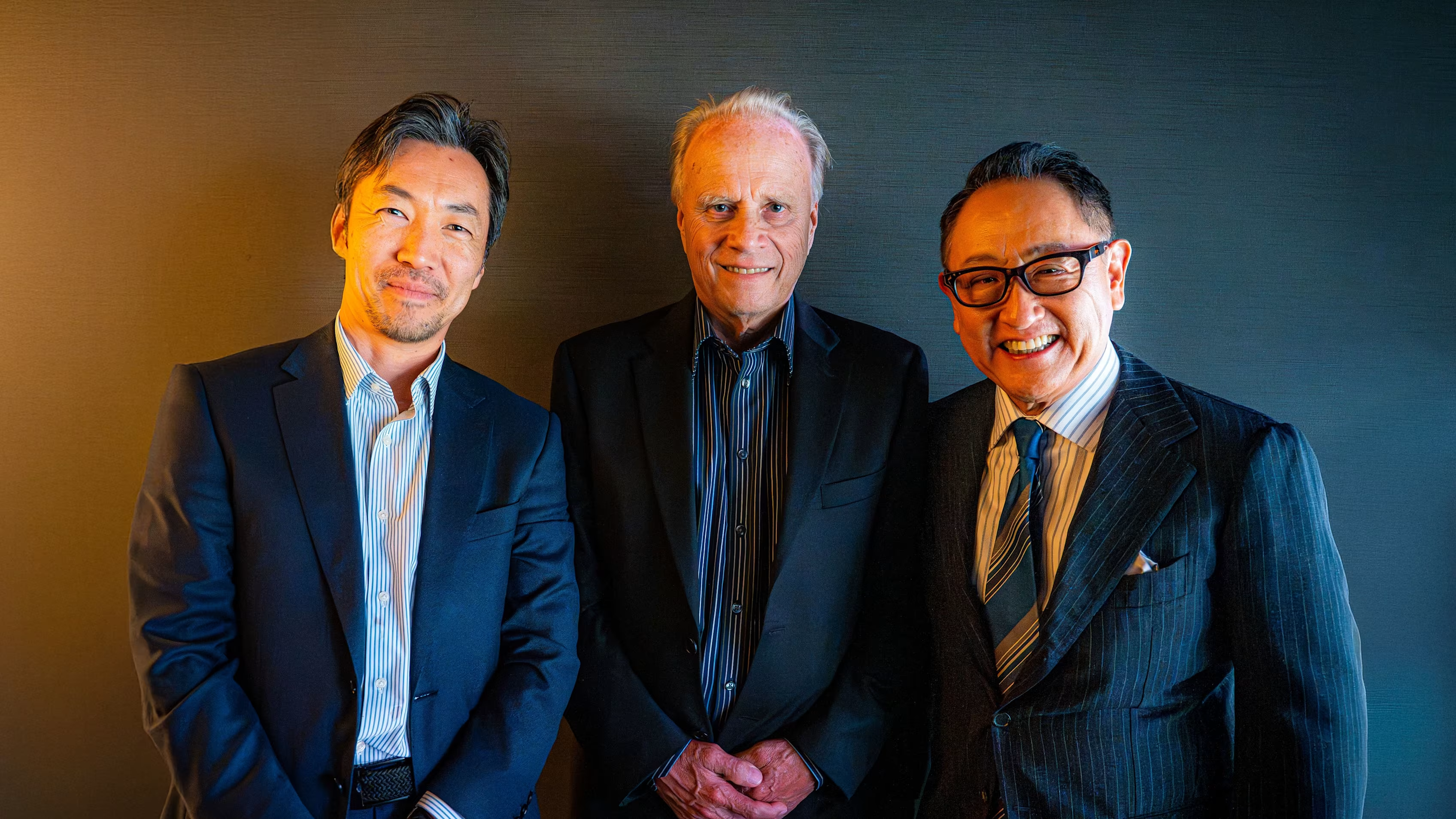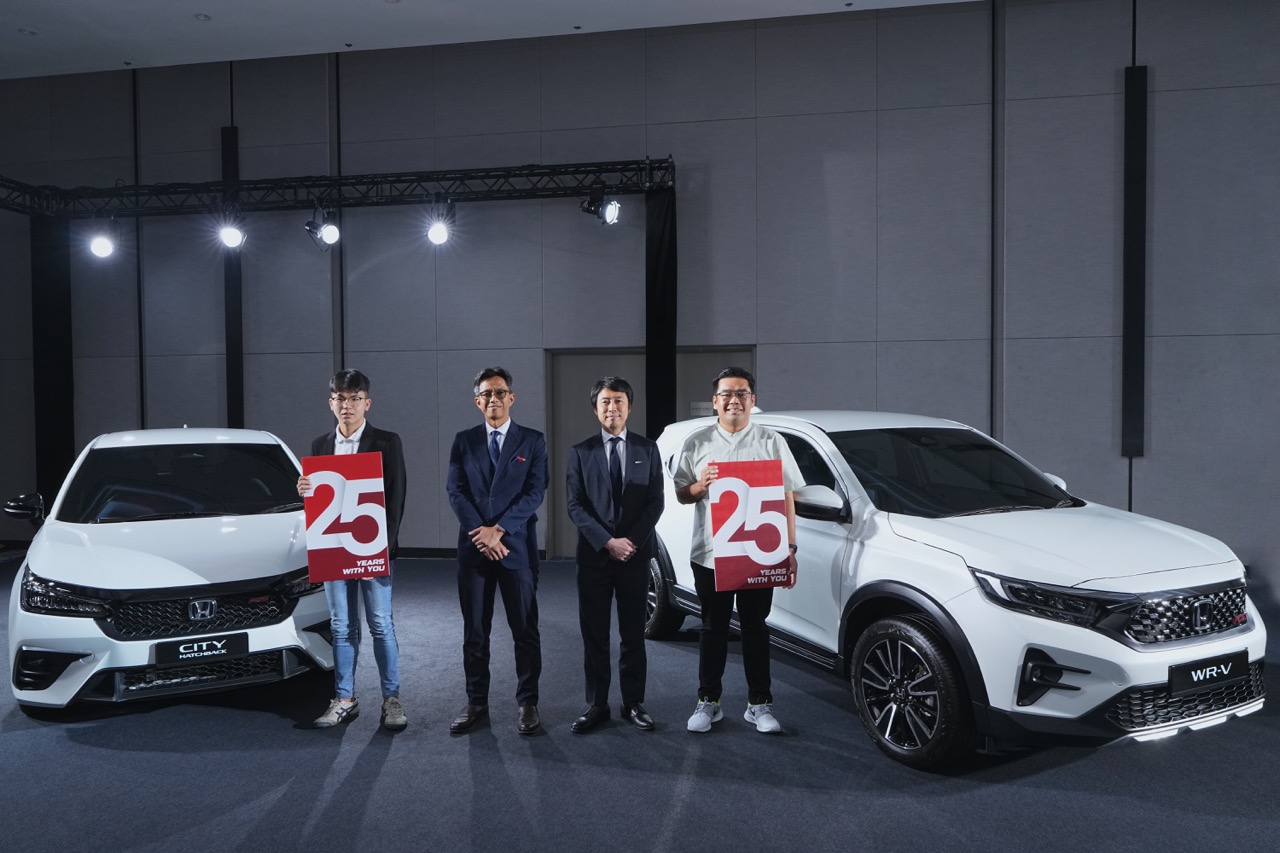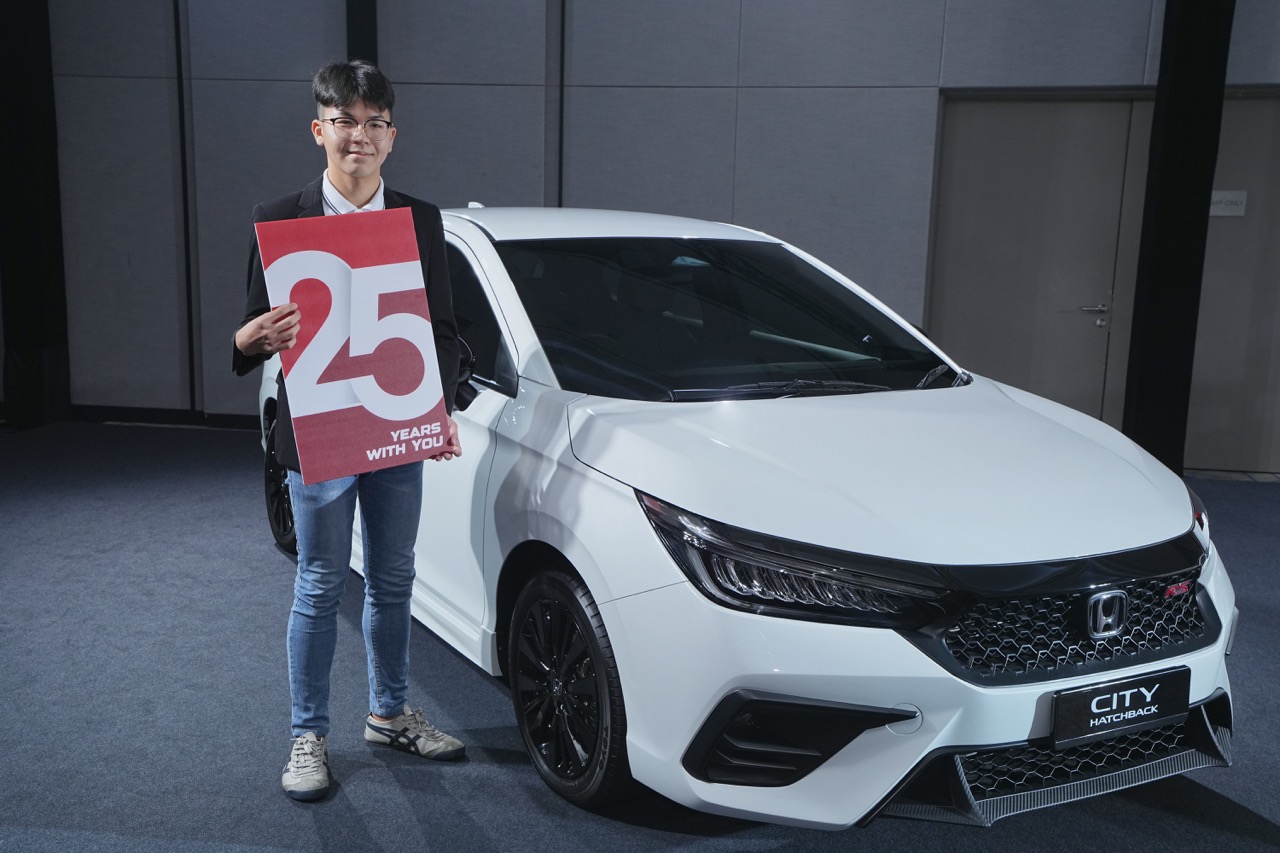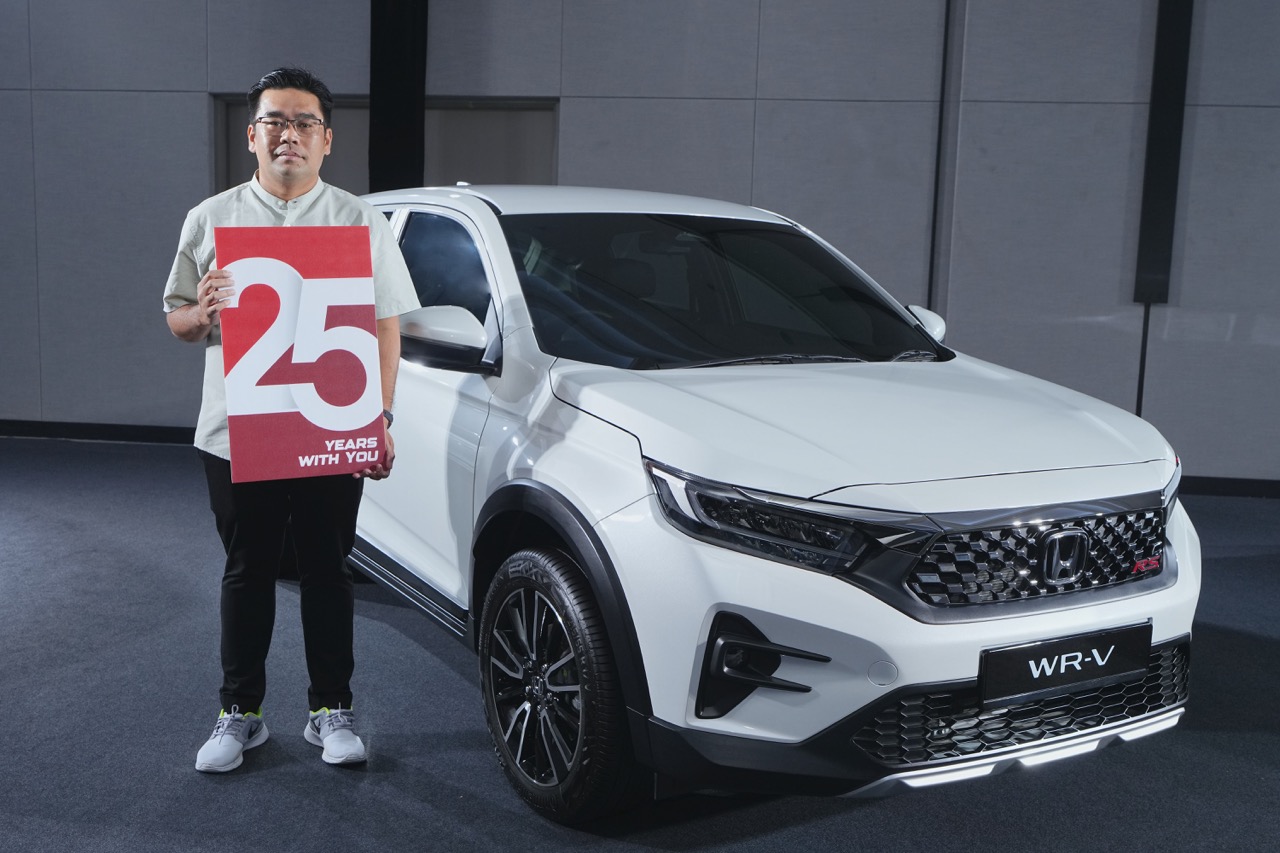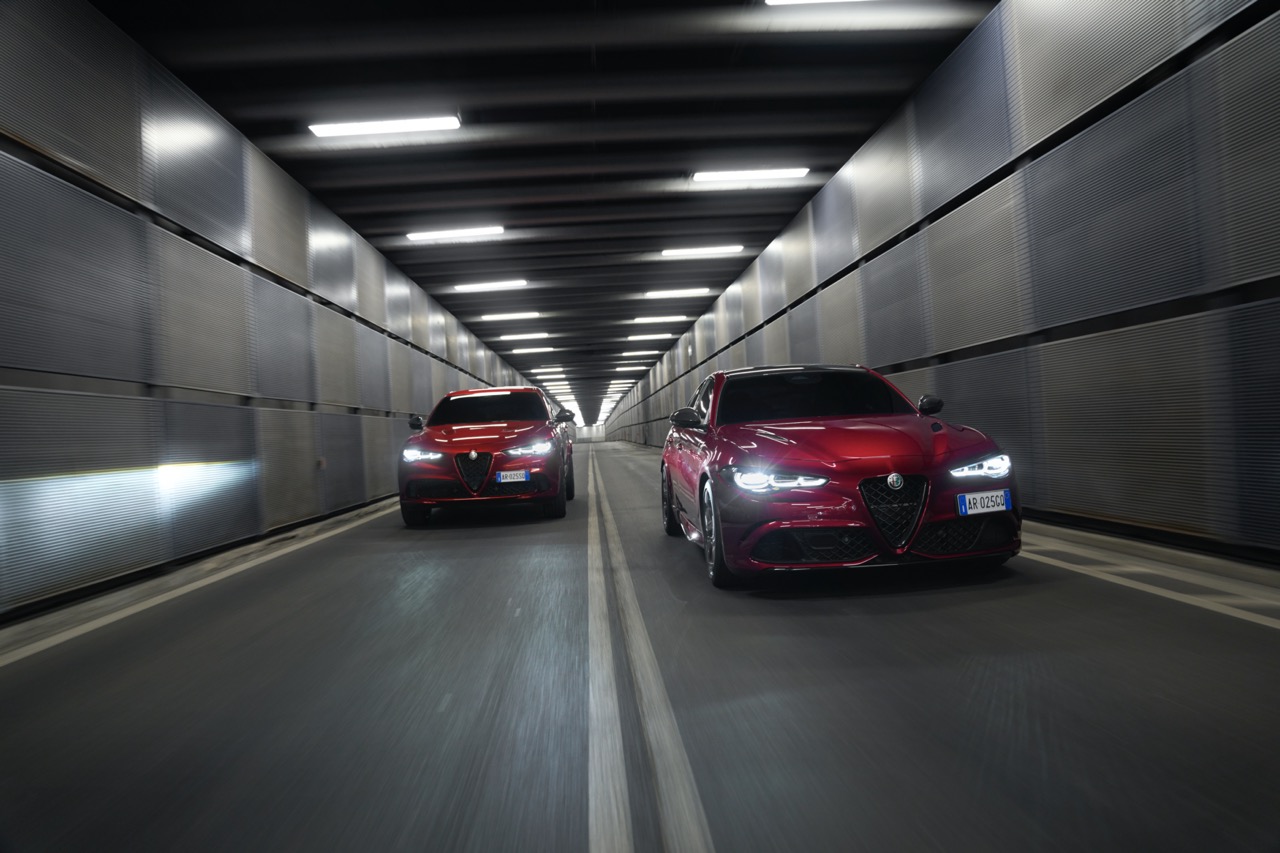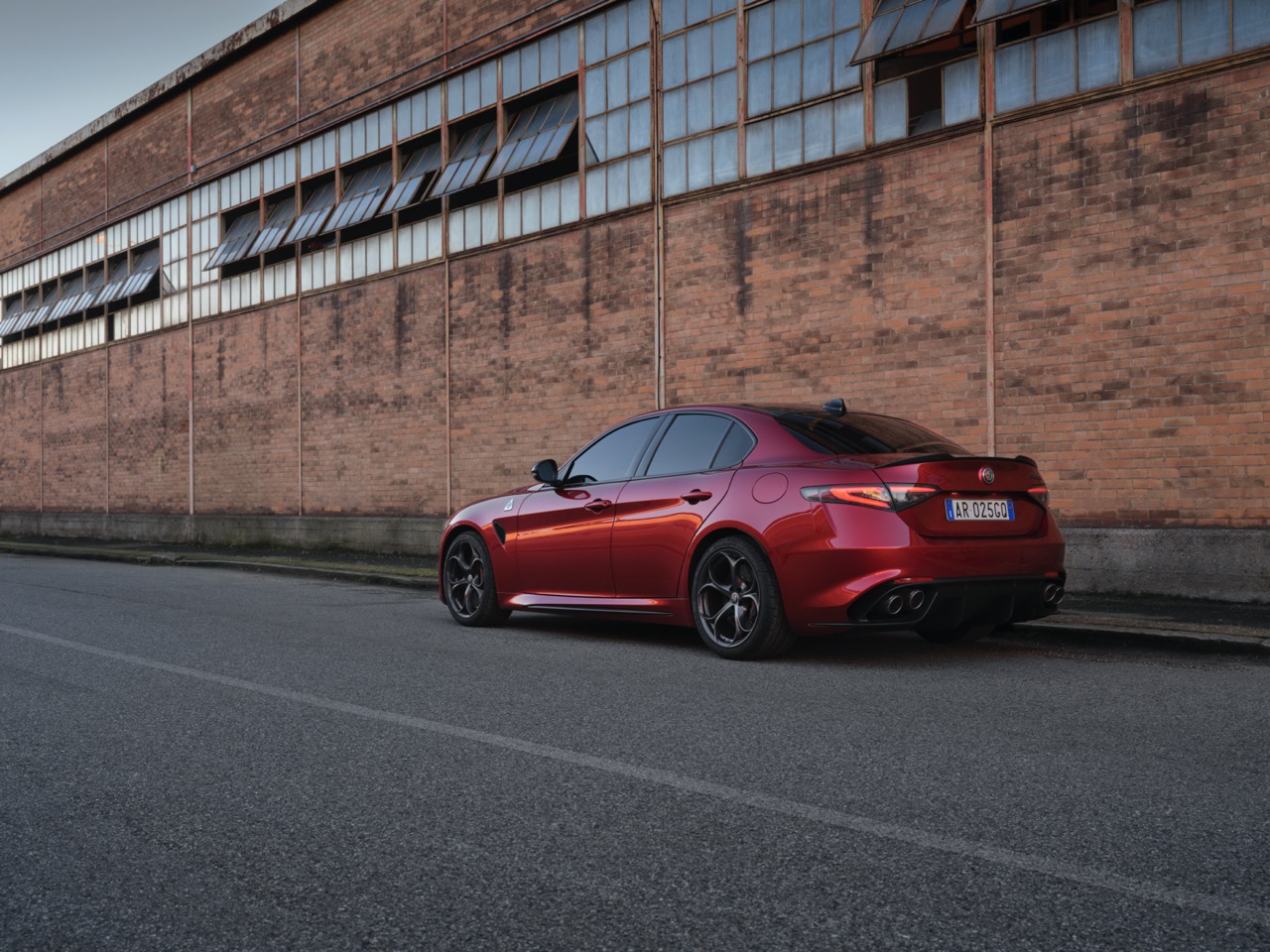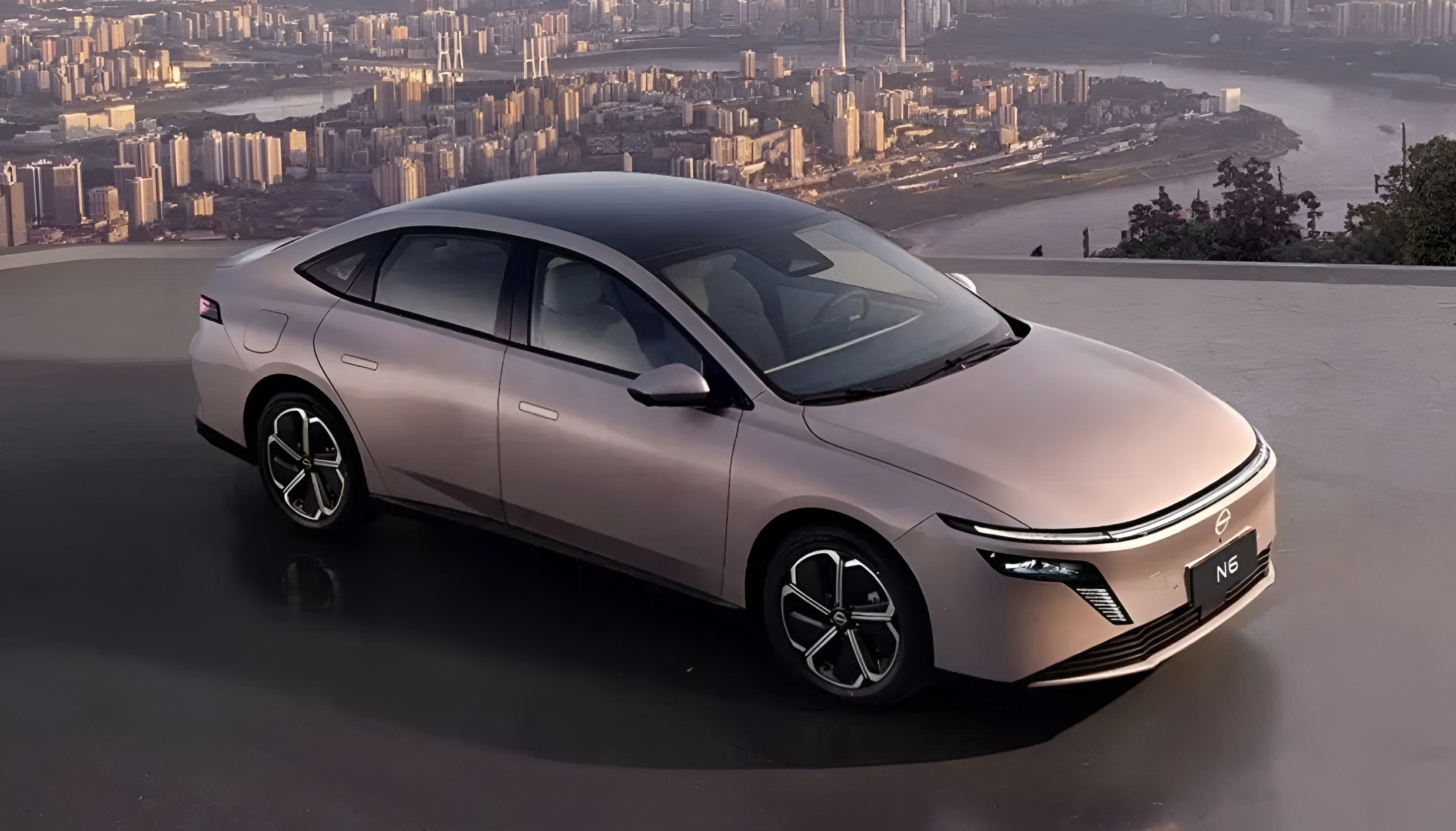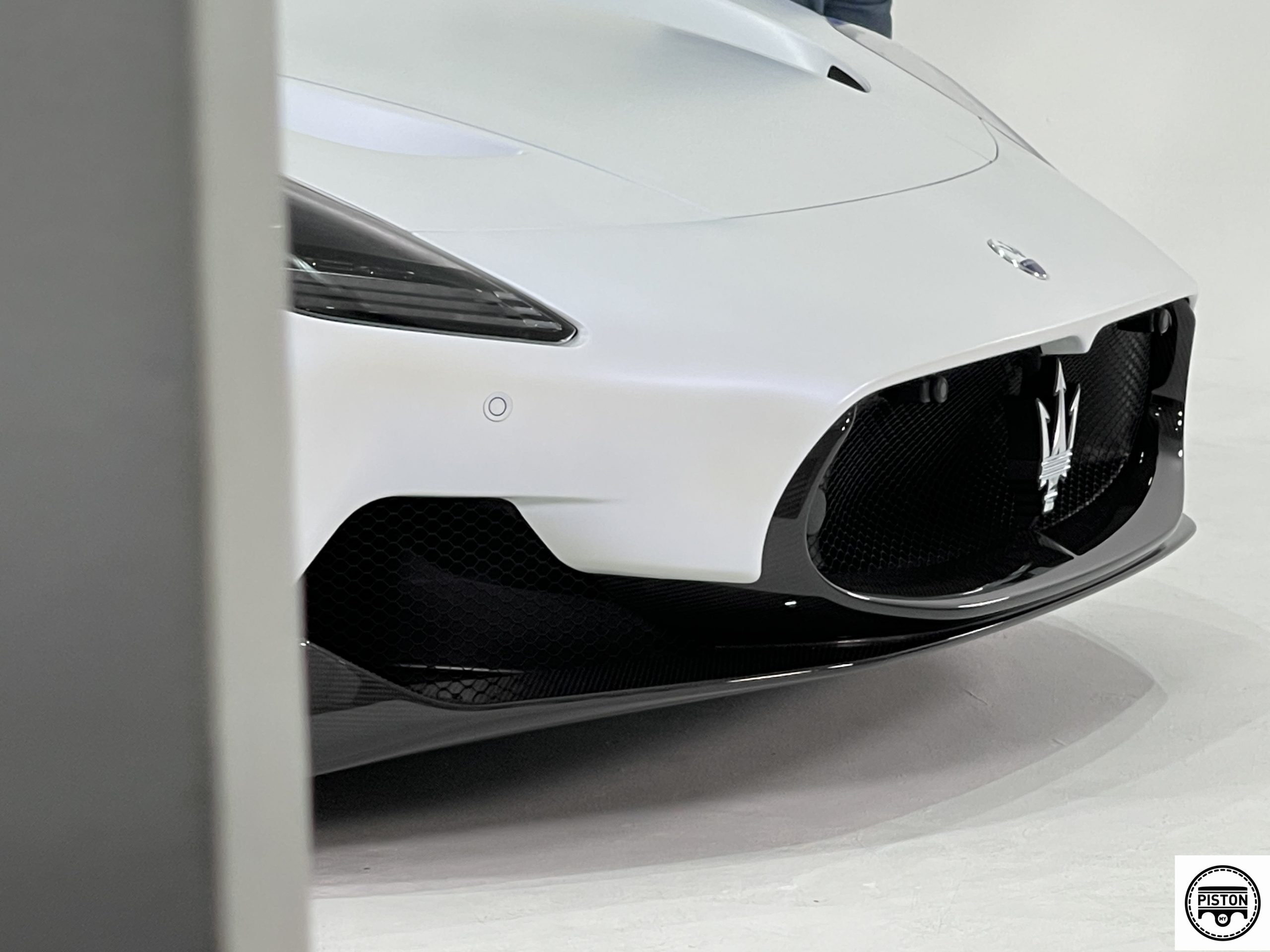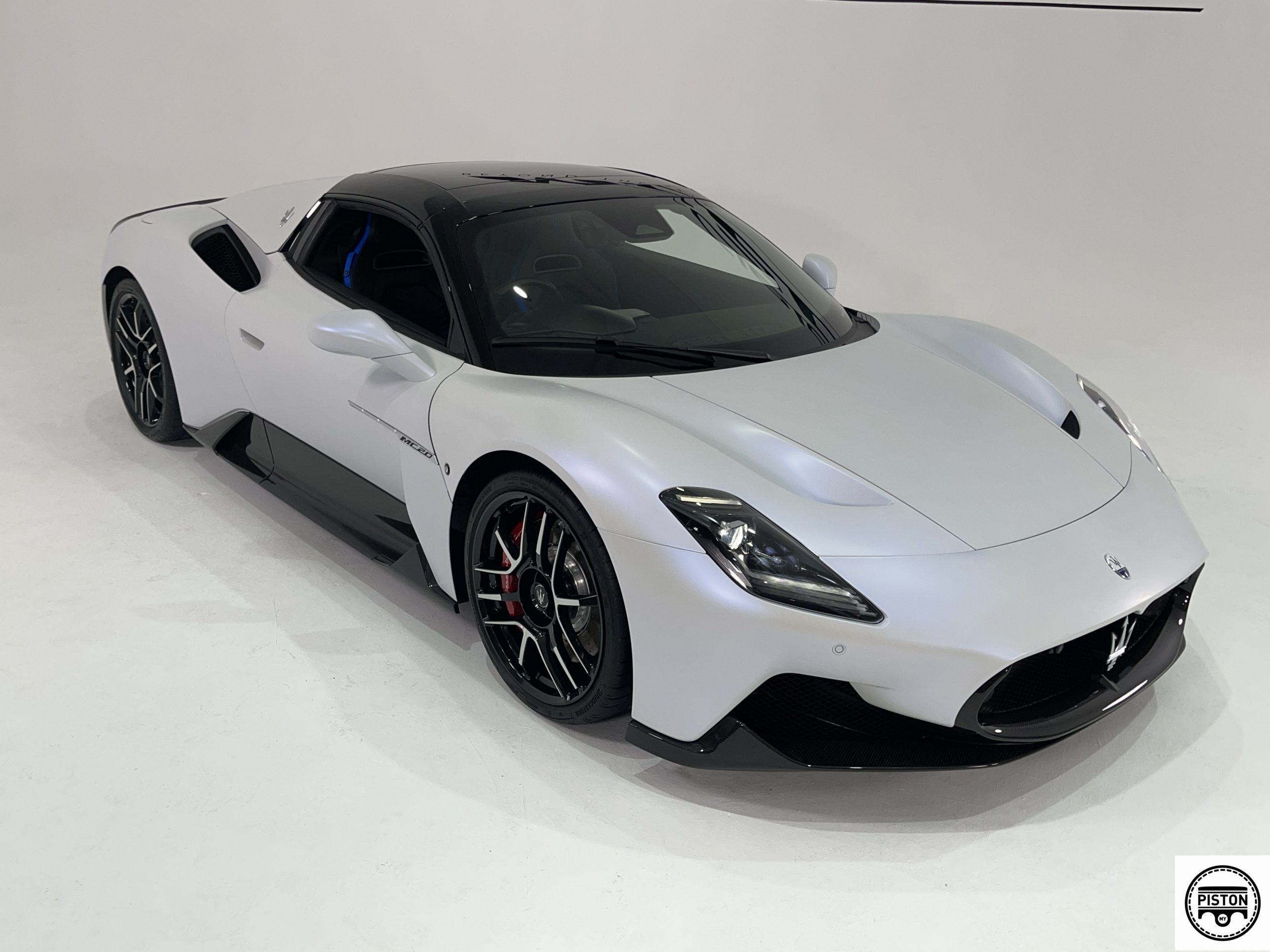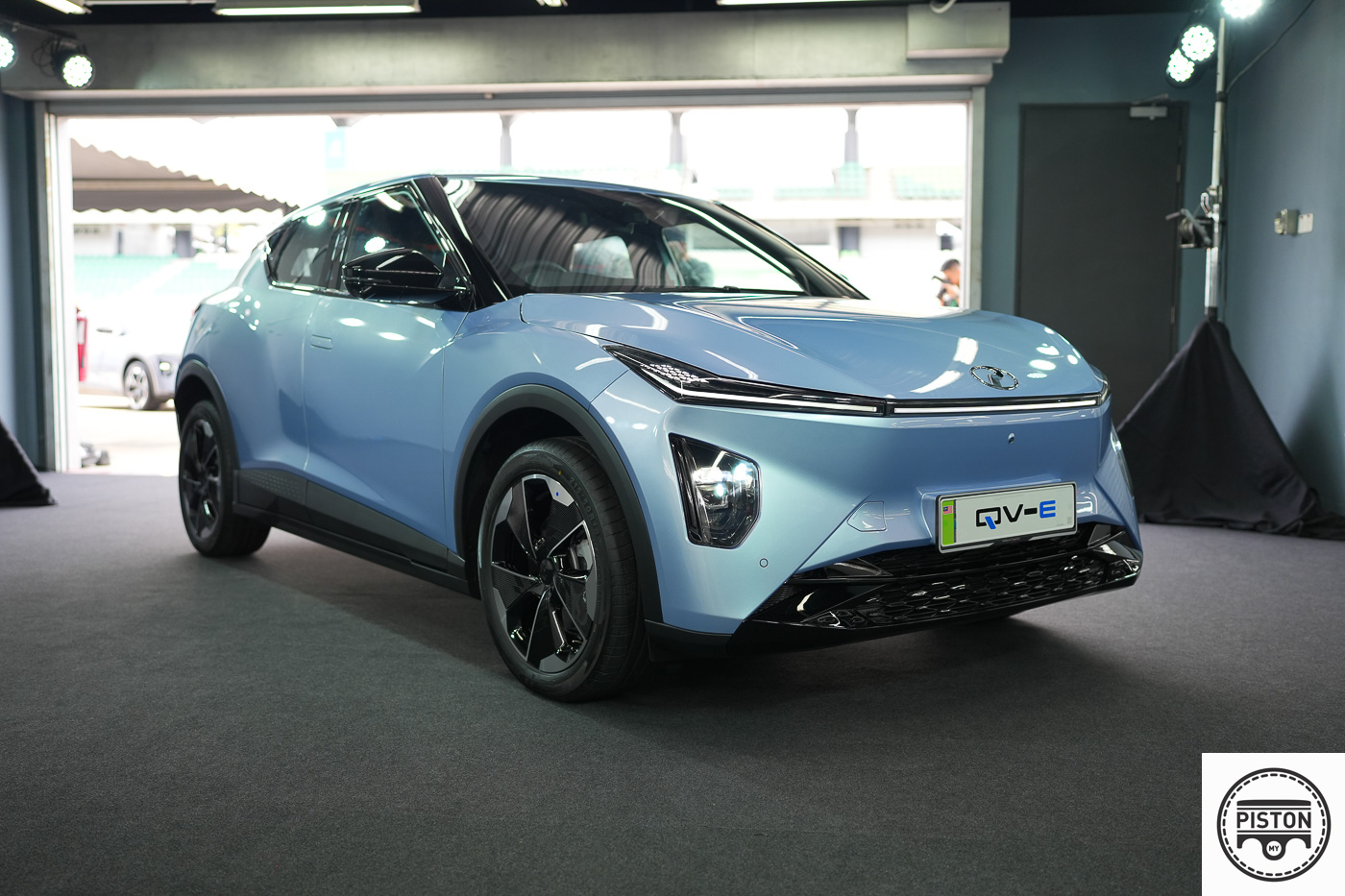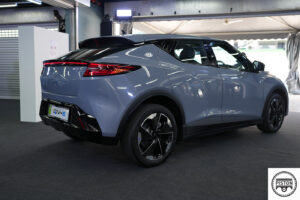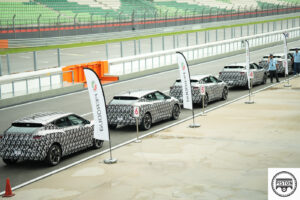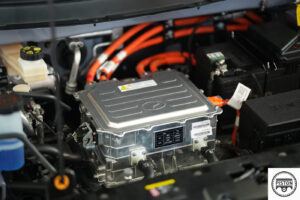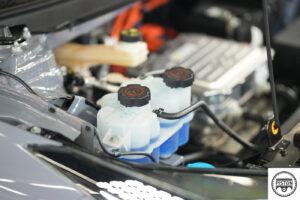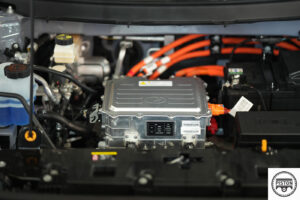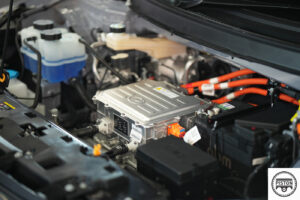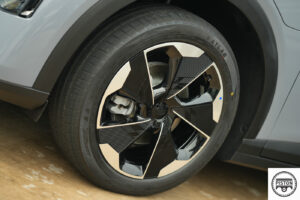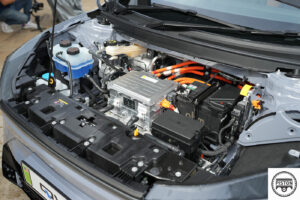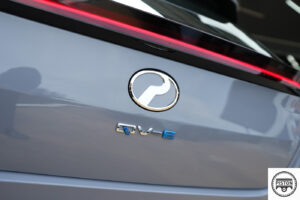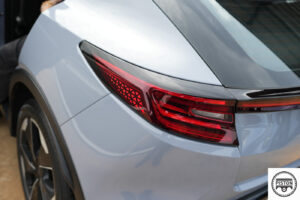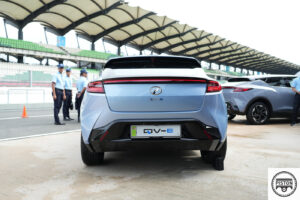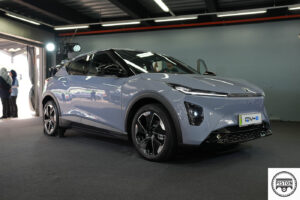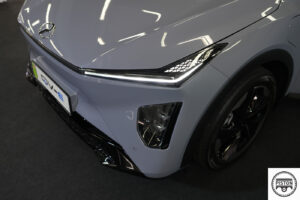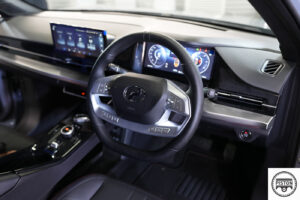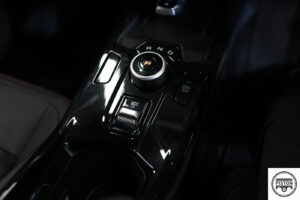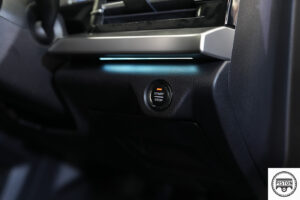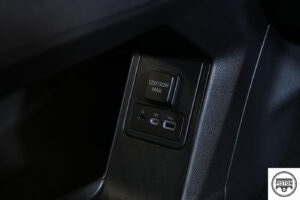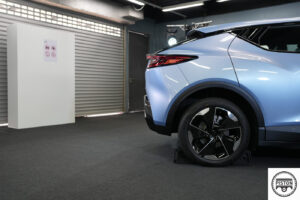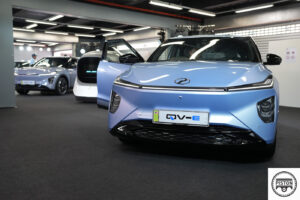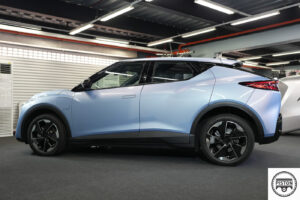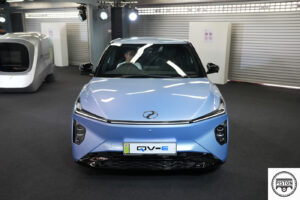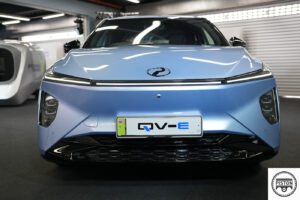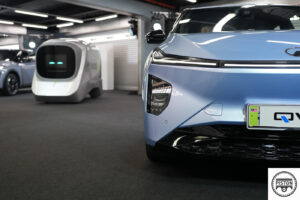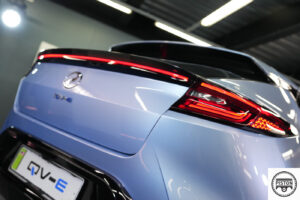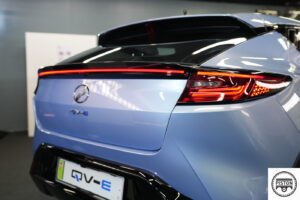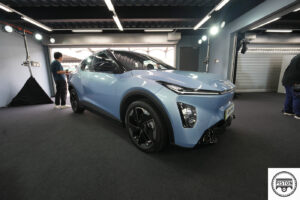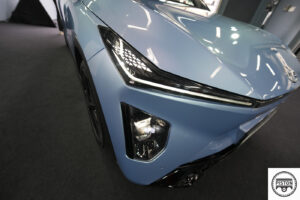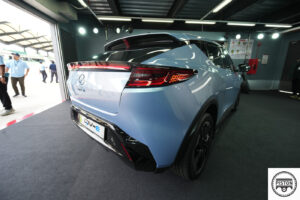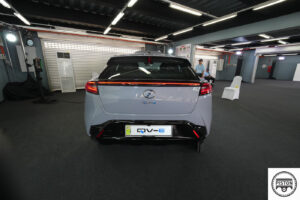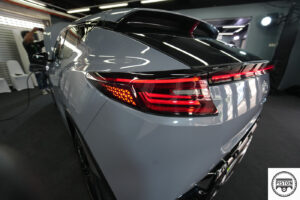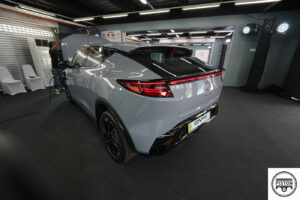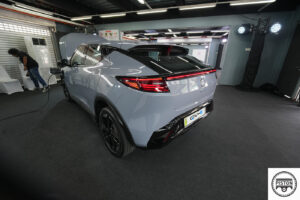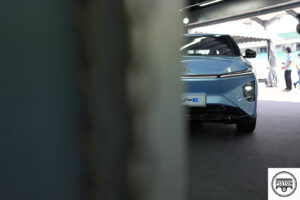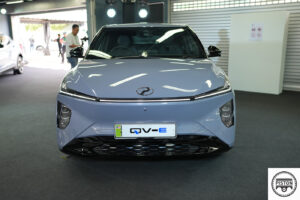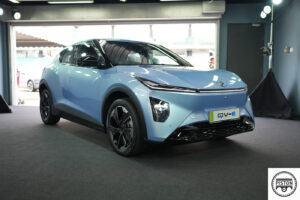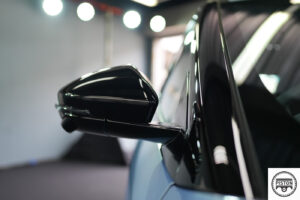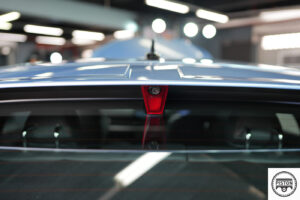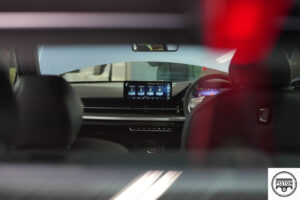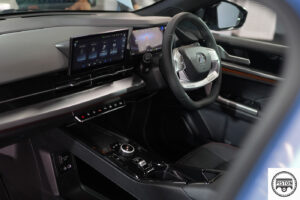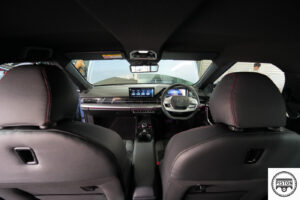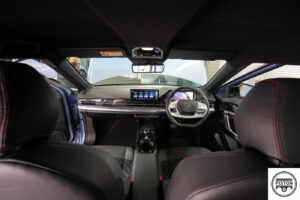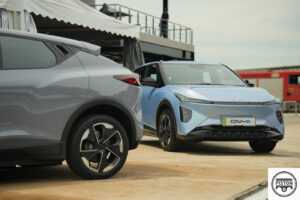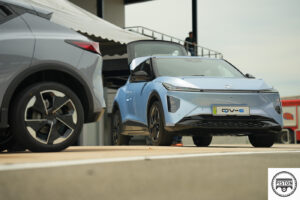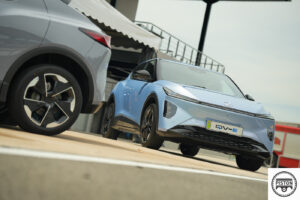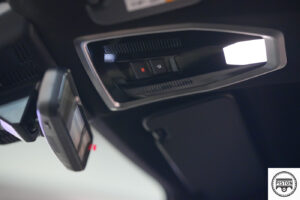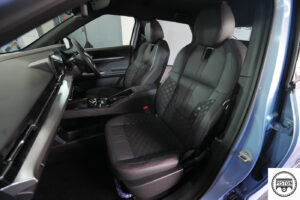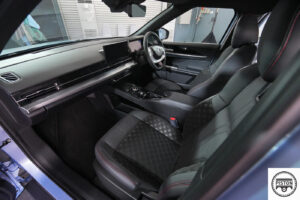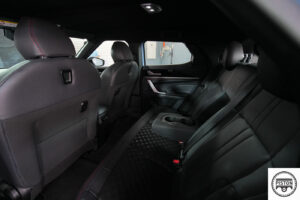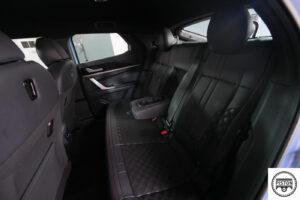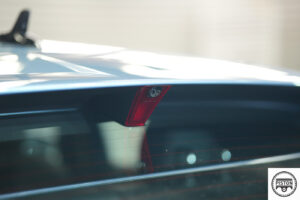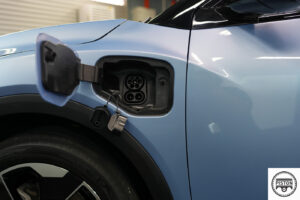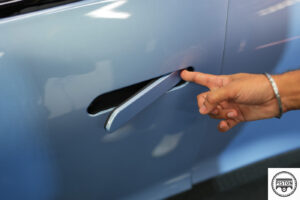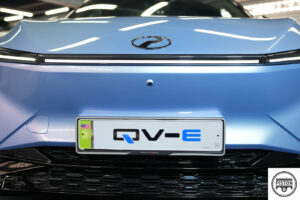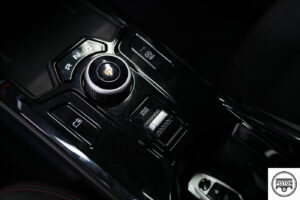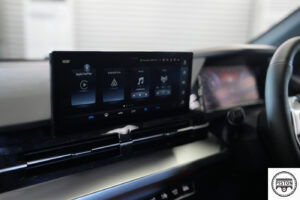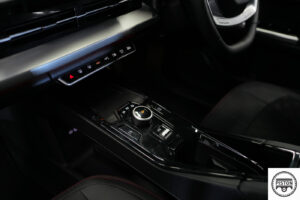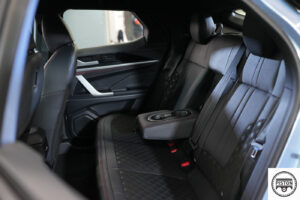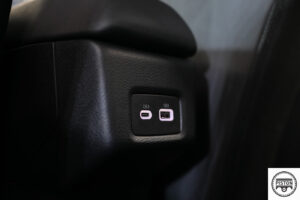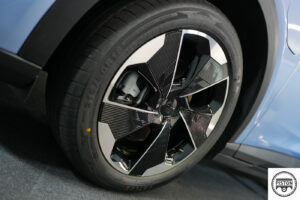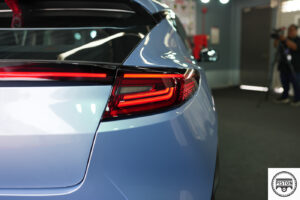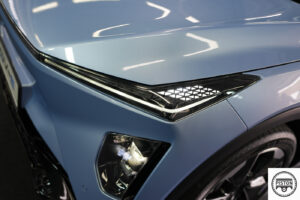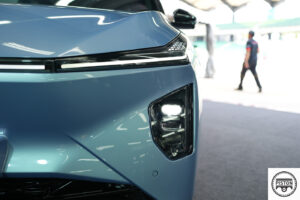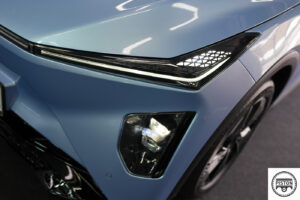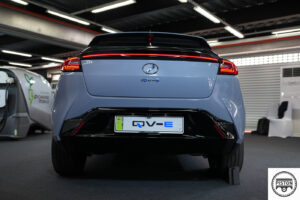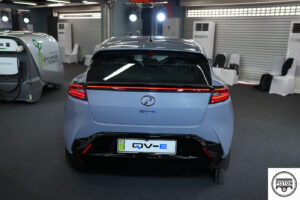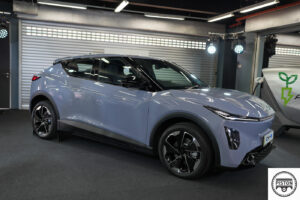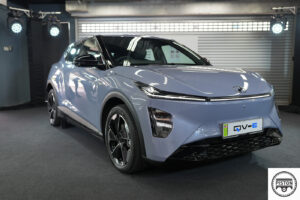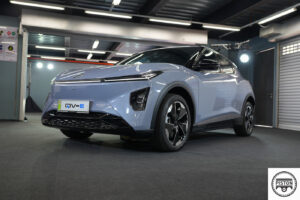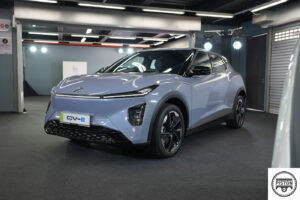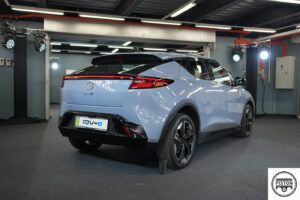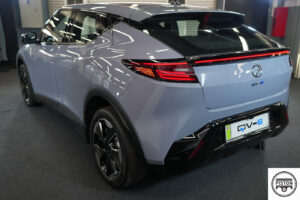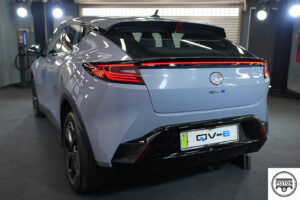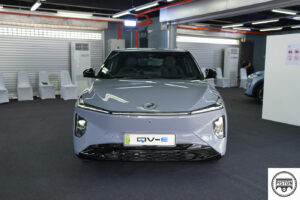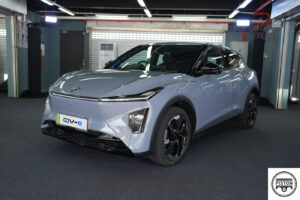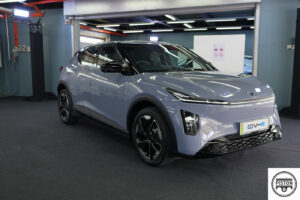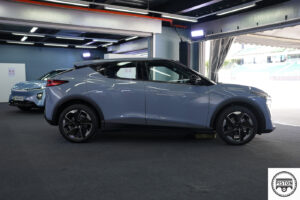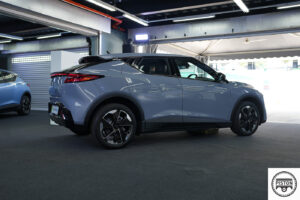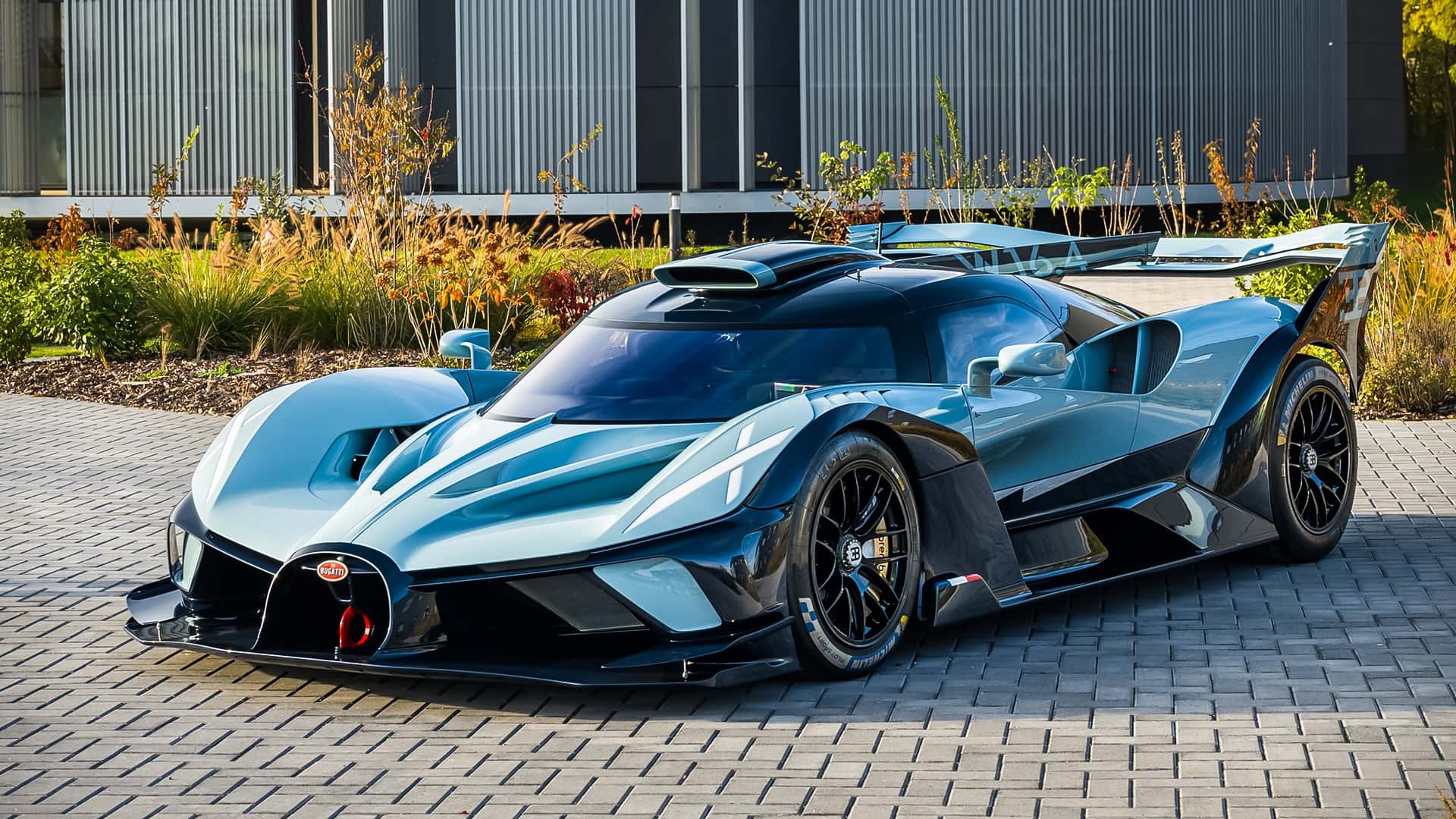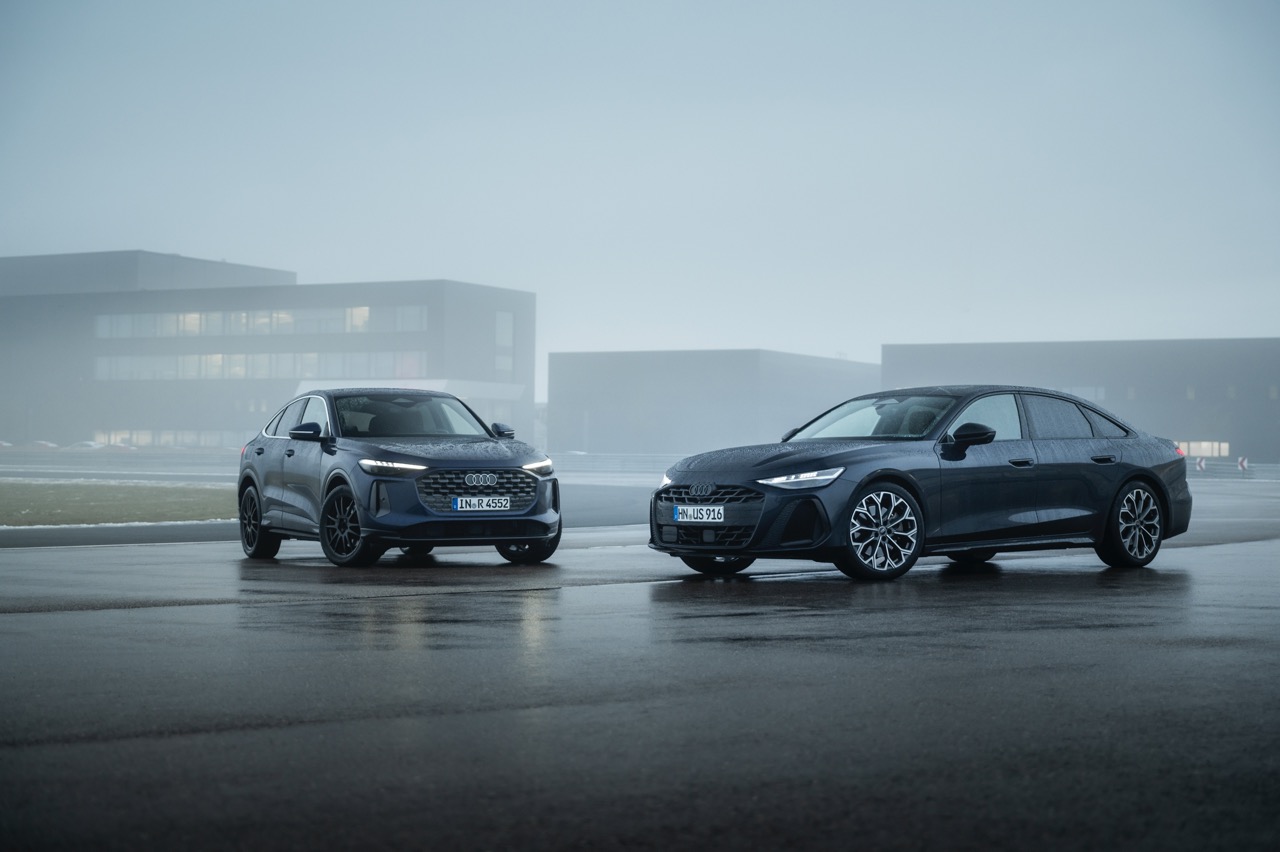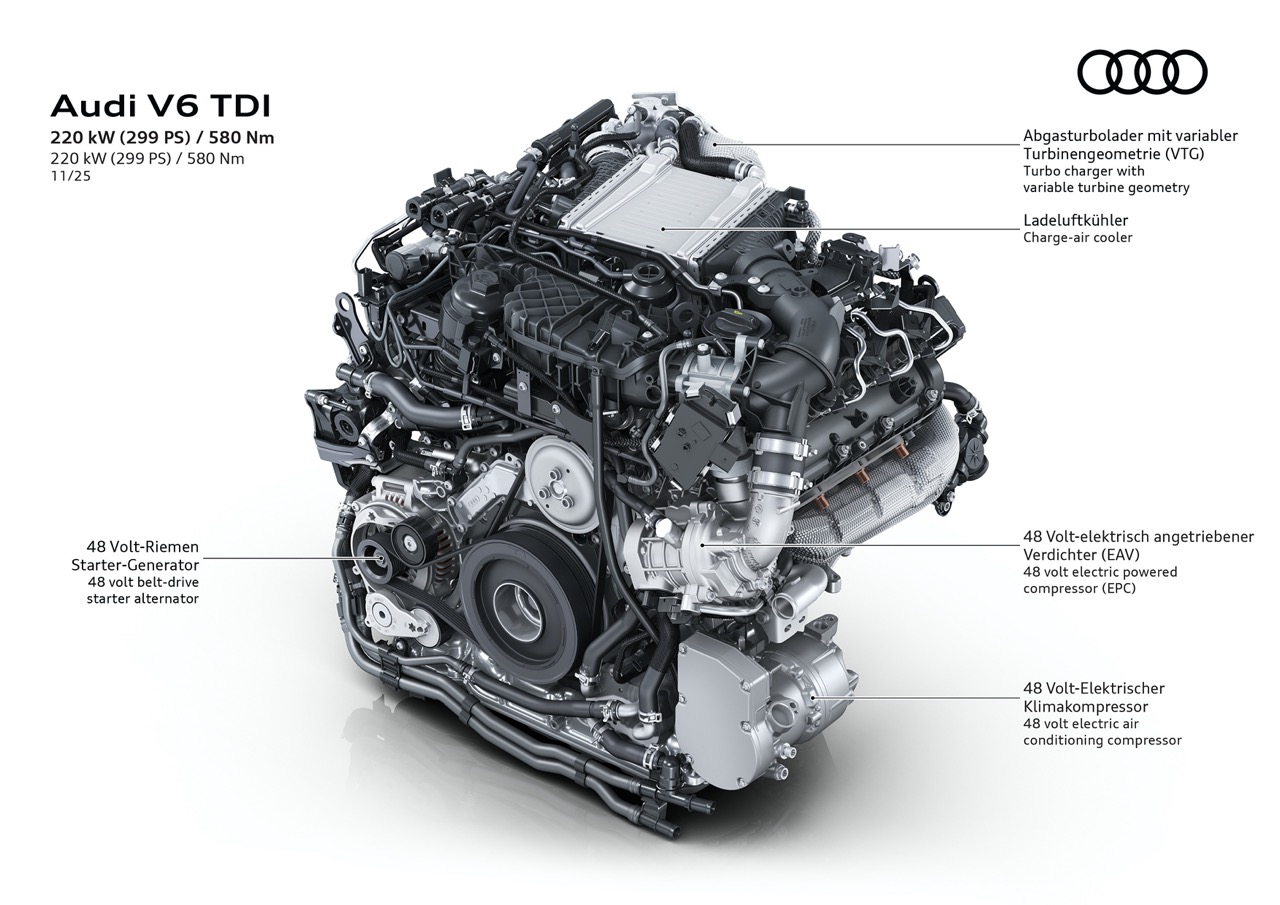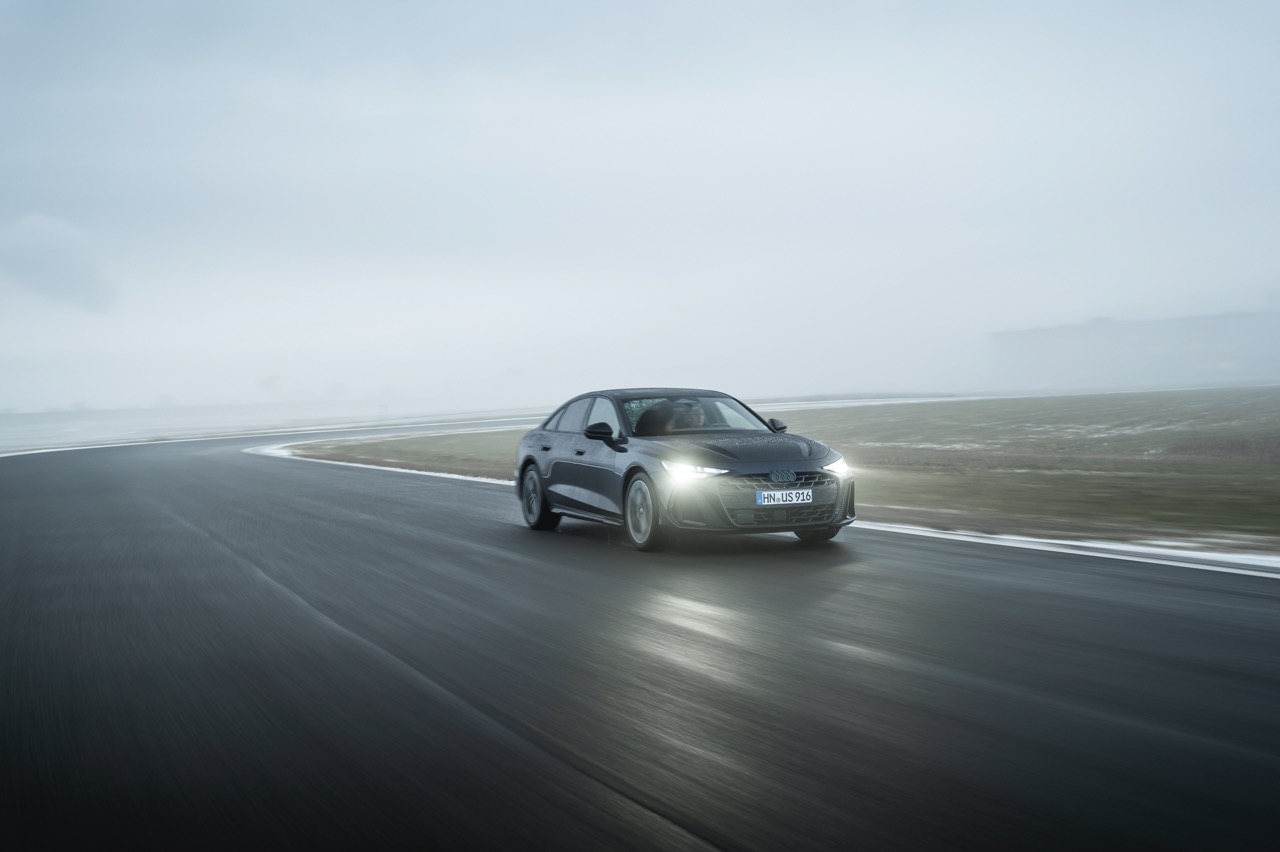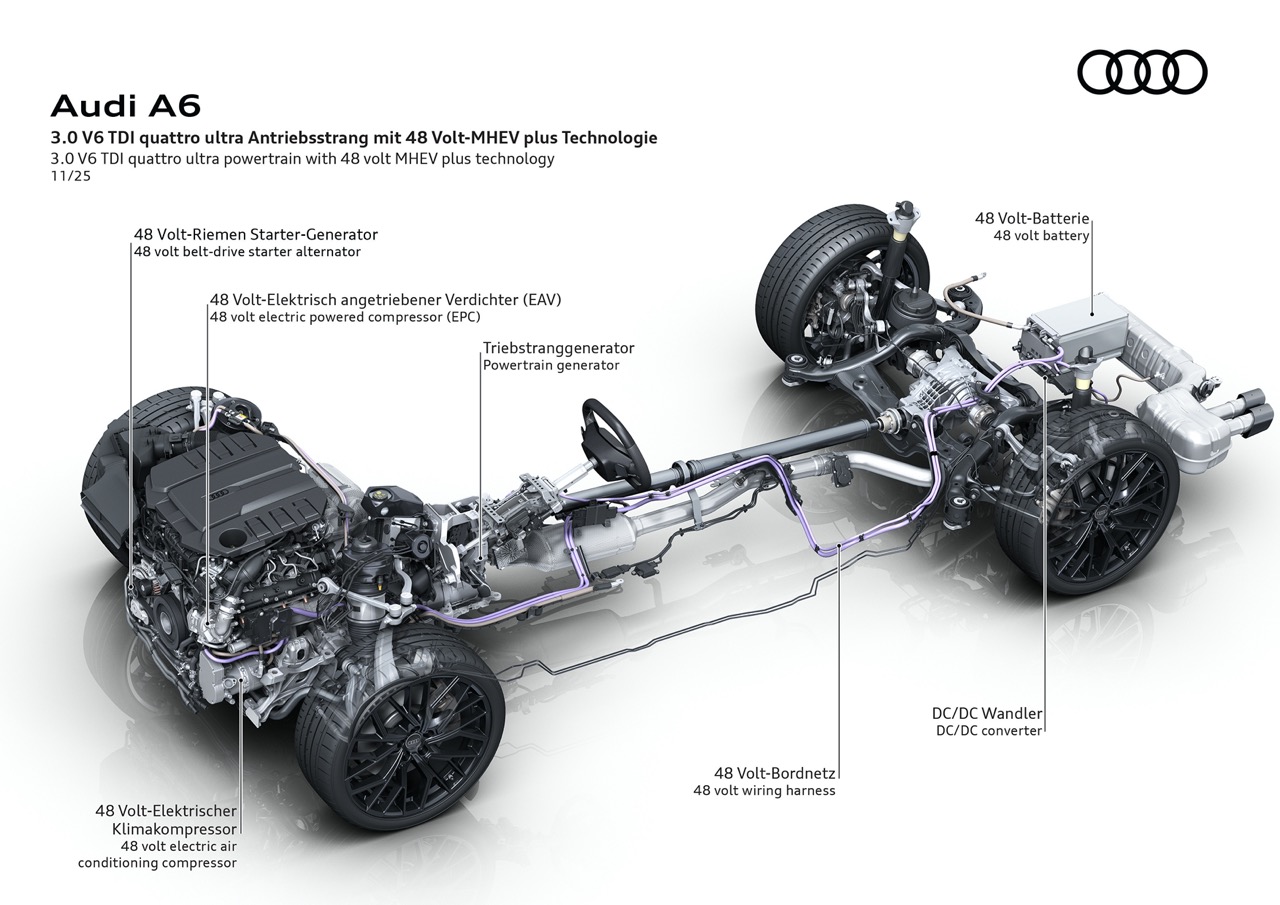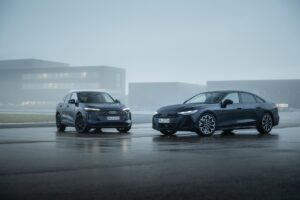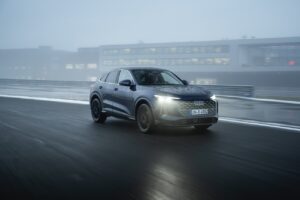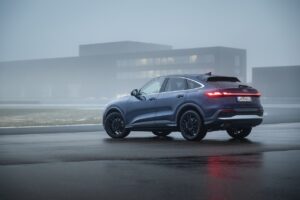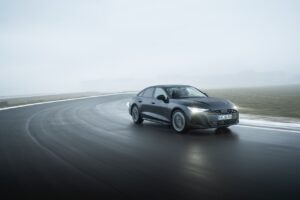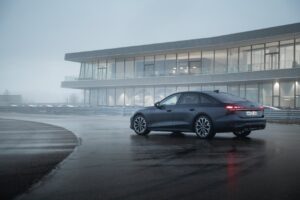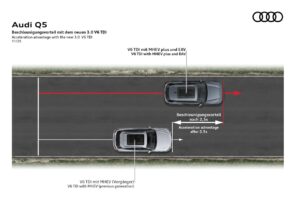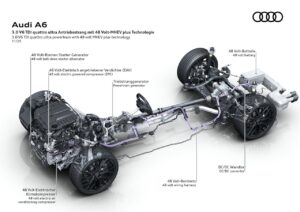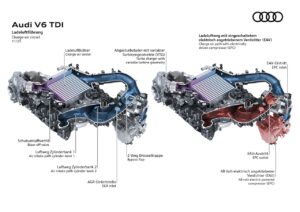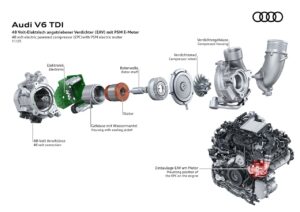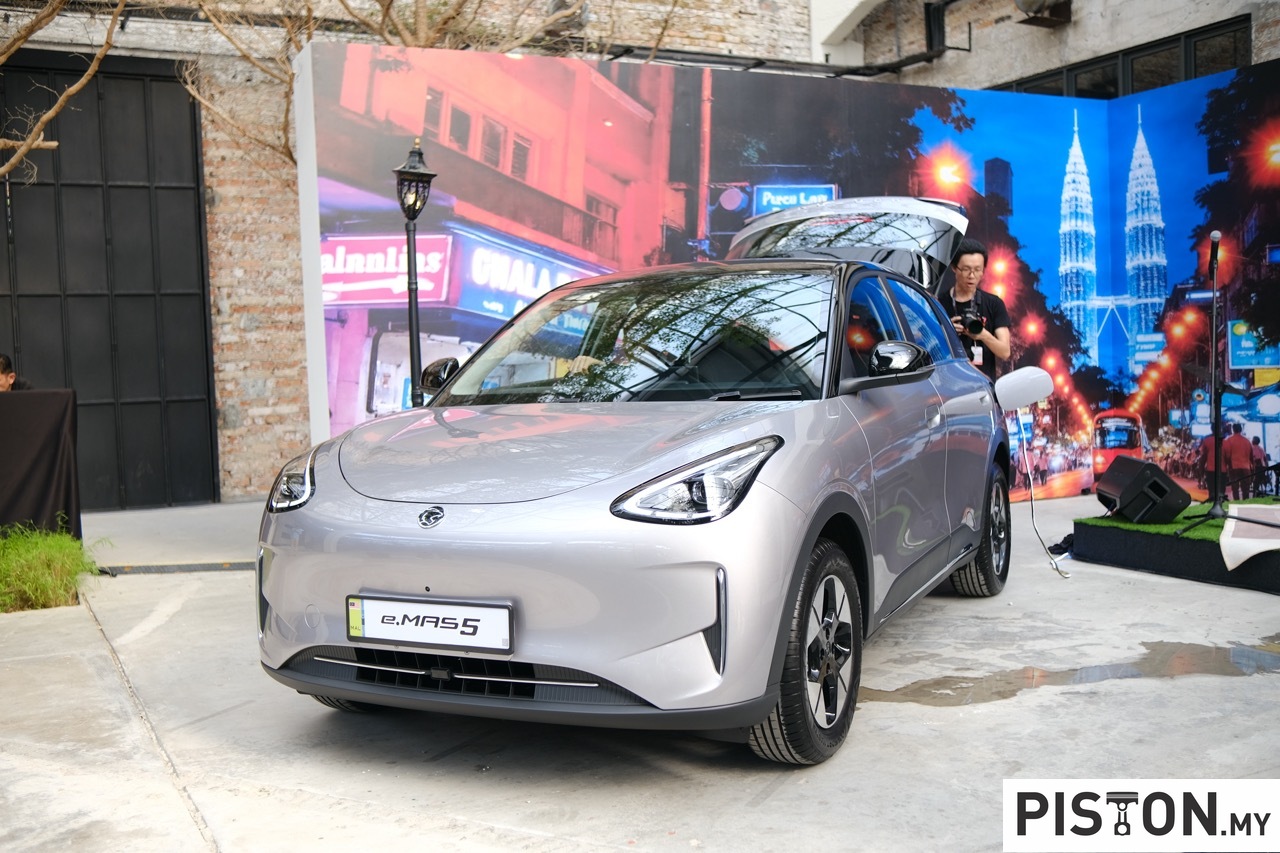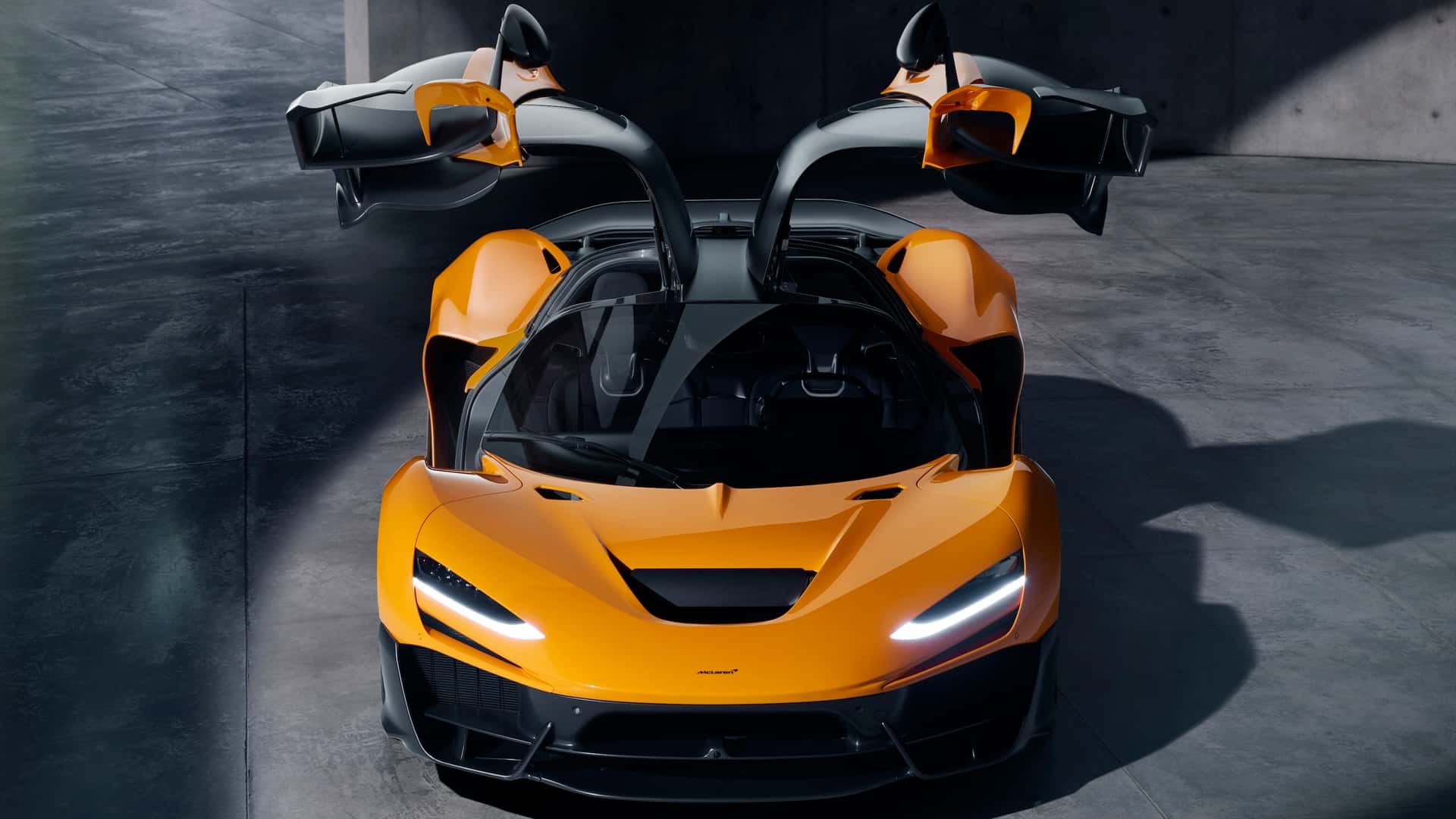Perodua has taken a major step into the electric era with the launch of the QV-E, its first battery-powered model, priced at RM80,000 before insurance and without the battery. The new hatchback is the centrepiece of the carmaker’s long-term plan to build a homegrown EV ecosystem, beginning with a vehicle that was designed, engineered and produced almost entirely in Malaysia.

The project required RM800 million in investment and is being built at the company’s newly established Smart Mobility Plant.

Production is starting modestly at 500 units a month, though Perodua expects output to ramp up to 3,000 units monthly by the third quarter of 2026 once supply chains and vendor readiness reach the next phase of industrialisation.
Internally, the QV-E is described as a showcase of what Perodua believes a national EV should be: practical, safe and accessible, yet built with enough technology to remain competitive as electric cars become more widely adopted in the country.

The model runs on a 52.5 kWh Lithium Iron Phosphate battery and can travel up to 445km on the NEDC cycle, though the real-world figure will naturally depend on driving behaviour, temperature and terrain. Perodua has equipped the QV-E with a broad set of safety features, with one of the most significant being a Child Presence Detection system.
Using millimetre-wave sensing, the system can pick up breathing and micro-movements in the second row and the footwell, even through blankets, and continues to work in extreme temperatures or complete darkness. A three-stage warning sequence activates if a child or pet is left behind, escalating from hazards and SMS alerts to repeated audible warnings.

Perodua says the development of the QV-E reflects a wider national effort. The New Industrial Master Plan 2030, announced by the Prime Minister in 2023, gave the company the task of leading Malaysia’s EV ecosystem. With support from the Ministry of Investment, Trade and Industry (MITI) and other government agencies, Perodua managed to complete the car in just 28 months.
More than 50 local suppliers are already involved in the project, with plans to increase the number to 70 by 2030, pushing localisation beyond 70 per cent.

The QV-E targets middle-income households and families looking for a daily commuter or a second car for short trips. To reduce long-term ownership anxiety, Perodua has introduced a battery leasing method called Battery-as-a-Service. Buyers pay only for the car, while Perodua retains ownership of the battery, which is leased monthly under a Shariah-compliant arrangement.
The idea is to lower the entry price, maintain stronger resale values, and remove the fear of expensive battery replacements. The leased battery carries a warranty for the full nine-year duration and is insured by Perodua. Each vehicle comes with a dedicated tracker for the battery, allowing the company to locate it even if the car is abandoned or the main power is depleted, ensuring proper end-of-life management and preventing environmental risks.

As for the design, Perodua has given the QV-E a clean, modern shape with a confident rear end and a smooth sportback-style profile. The horizontal lighting at both ends emphasises the car’s width, and flush door handles help achieve a sleeker look. Two colours are offered at launch, Ice Blue and Caviar Grey, chosen to represent a more premium EV identity.
Inside, the cabin adopts a sporty, horizontal layout with a floating centre console and additional storage underneath. A digital instrument cluster works alongside a 10.25-inch infotainment display that supports wireless Apple CarPlay and Android Auto. Equipment includes a rotary gear selector, a wireless charger, ambient lighting, powered driver’s seat, a digital rear-view mirror and a set of semi-leather seats.

The QV-E also features SOS emergency services, telematics integration, and a range of driver-assistance technologies such as Adaptive Cruise Control, Highway Assist, Traffic Jam Assist, Autonomous Emergency Braking, Blind Spot Detection, Lane Keeping functions and a full suite of passive safety systems.
The vehicle sits on an all-new platform co-developed with Magna Steyr, designed to accommodate future A- and B-segment models with the possibility of hybrid or range-extended EV variants. Under the floor sits the 405.7 kg CATL LFP battery pack, rated IP68 and IP69 for water and dust resistance, and liquid-cooled for stability in Malaysia’s hot climate. A 201hp front motor produces 285Nm of torque, allowing the QV-E to reach 100km/h in 7.5 seconds in Sport mode and achieve a top speed of 165km/h.

Charging is managed via a 6.6 kW AC system that fills the pack in eight hours, while a 60 kW DC charger can replenish 30 to 80 per cent in around 30 minutes. Vehicle-to-load functionality is also included.
Perodua believes the QV-E represents more than just its entry into electric mobility. The company sees it as a milestone that Malaysians can claim as their own, given the amount of local design, testing and component development behind it.
Sales will begin at selected Perodua outlets, with the company expecting interest from buyers ready to embrace electrification without departing from the affordability and usability the brand is known for.



